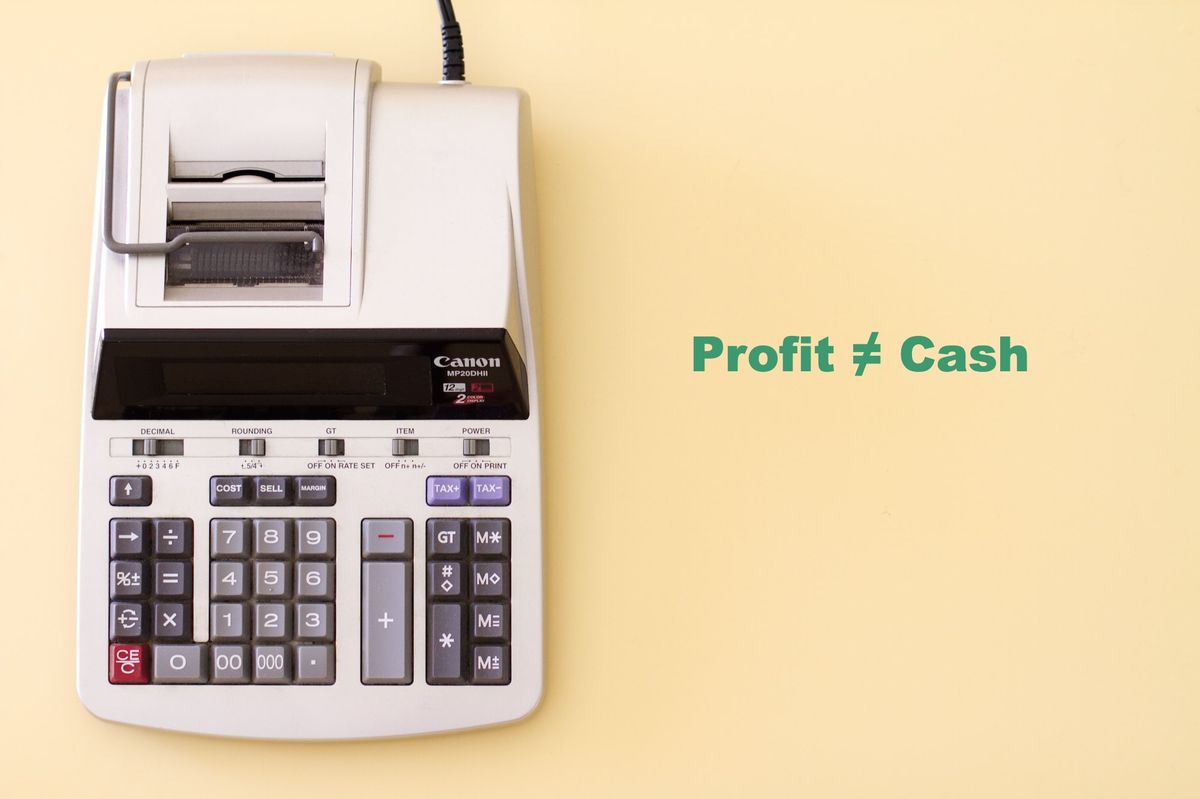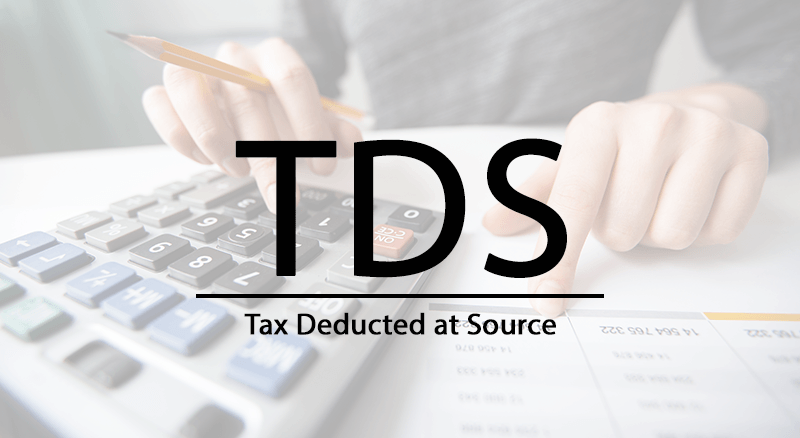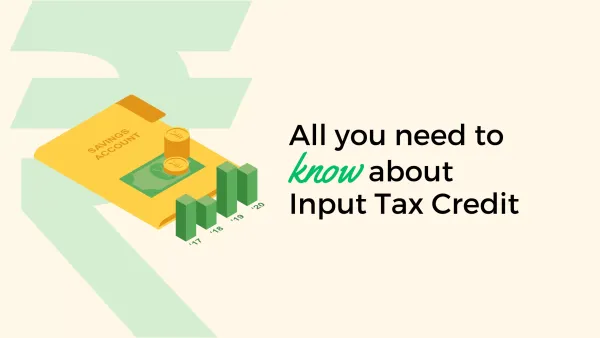Understanding Business Profits

Picture this: A bustling Indian street corner, alive with the aroma of spices and the sizzle of pakoras frying. This is the setting of our story today, where we'll unravel a fundamental business concept that might seem counter-intuitive at first glance: Just because a business has made ₹1 of profit, it does not mean the business owners have ₹1 of cash to pocket.
Meet Ravi, the proud owner of a popular pakora stall. His pakoras are the talk of the town, and his income statement prepared by his accountant shows a profit of ₹20,000 this month. Ravi is elated. But when he checks his bank account, he finds only ₹5,000. Where did all his profits go?
The Accounting Enigma
The answer lies in the difference between how a layperson like Ravi and an accountant perceive the terms "sales" and "costs". To Ravi, sales mean "cash coming in," and costs mean "cash going out." Therefore, profit, i.e., sales minus costs, should logically be the "cash he gets to pocket." But in the world of accounting, things work a bit differently.
Sales vs. Cash Inflow
In accounting, sales and "cash coming in" are two different things. They are related but are decoupled from each other in time. Sales can come before cash, at the same time as cash, or after cash.
For instance, Ravi sells a batch of pakoras to a local shopkeeper who promises to pay him after a week. Ravi records this as a sale today, but the cash will only come in a week later. Here, the sale has come before the cash.
Costs vs. Cash Outflow
Similarly, costs and "cash going out" are two different things in accounting. Ravi may buy a sack of potatoes for ₹1000. That's cash going out of his pocket. But to an accountant, that's not yet a cost. It becomes a cost only when Ravi uses those potatoes to make pakoras and sells them. So, the cost is recognized after the cash has gone out.
The Disconnect Between Profits and Cash
This time difference between recognising sales and costs and the actual movement of cash is why profits and cash in hand can be different. Sales can be recognized before, after, or at the same time as cash coming in. Costs can be recognized before, after, or at the same time as cash going out.
So, Ravi's profit of ₹20,000 this month does not necessarily mean he has ₹20,000 in cash. He might have made sales on credit, or he might have paid for costs upfront. Both these scenarios would reduce his cash in hand despite showing a profit on the income statement.
The Art of Cash Flow Management
This brings us to a crucial aspect of running a business - cash flow management. Rent, salaries, supplies - all these require cash, not profits. And the best businesses are those that can convert profits to cash quickly.
For example, if Ravi can collect cash from his customers on the spot and negotiate credit terms with his suppliers, he can improve his cash flow. He will have cash coming in before he needs to pay his costs, improving his cash position.
Conclusion
In the bustling world of Indian street food, Ravi's pakora stall is a microcosm of the larger business landscape. His story serves as a reminder that while profit is important, cash is king. It's not just about making profits; it's about managing your cash flow effectively to ensure the sustainability and growth of your business. So, the next time you look at your profit and loss statement, remember to also check your cash flow statement. As the old adage goes, Time is money.





